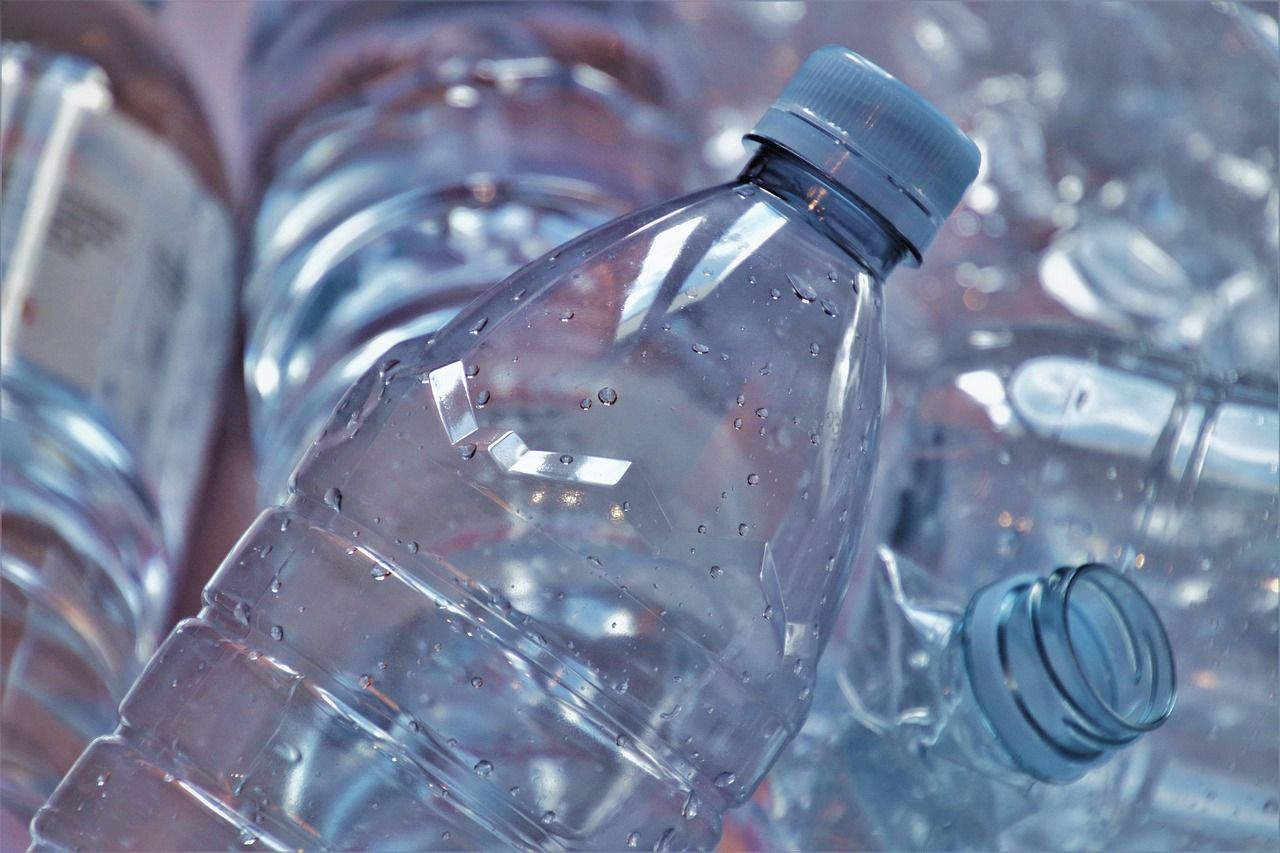Bottled water: harmful for both health and the planet?
Follow us on Google News (click on ☆)

Illustration image Pixabay
Access to drinking water remains a necessity for two billion people worldwide. But for others, consuming bottled water is more about convenience than necessity. This choice is often driven by a mistaken perception of its health benefits.
Researchers from Weill Cornell Medicine in Qatar challenge this belief. Contrary to popular opinion, bottled water is not always safer than tap water. In fact, it often skirts the same safety standards.
Water bottles, especially when stored for long periods or exposed to heat, can release toxic substances such as phthalates or bisphenol A, as well as microplastics. These compounds can have long-term harmful effects, affecting cardiovascular health or increasing the risks of diabetes.
Bottled water is not without environmental consequences either. Plastic bottles account for 12% of oceanic pollutants. Only 9% are recycled, with the rest ending up in landfills or oceans. The environmental impact is not limited to waste. The production of plastic bottles also significantly contributes to greenhouse gas emissions. The environmental cost of this practice is massive.
Some efforts have been made to promote drinking water in public spaces. However, current initiatives are insufficient to counter the rise of single-use plastics.
The authors of this study advocate for increased government intervention. Awareness campaigns could encourage the use of tap water, a more eco-friendly and just as safe option for health. Phasing out bottled water could not only reduce environmental costs but also improve public health. It is urgent to rethink our consumption habits.
Why are microplastics dangerous for health?
Microplastics, these plastic particles measuring less than 5 mm, are ubiquitous in our environment. They are found notably in bottled water. Their regular ingestion by humans raises many concerns.
These particles can lead to oxidative stress, causing imbalances in the immune system. They are also suspected of affecting lipid metabolism in the blood, thus increasing the risk of cardiovascular diseases.
Besides being difficult to eliminate from our bodies, microplastics are often associated with other hazardous chemicals, such as endocrine disruptors. Their long-term effects remain largely unknown, but they could have serious consequences for both human and animal health.